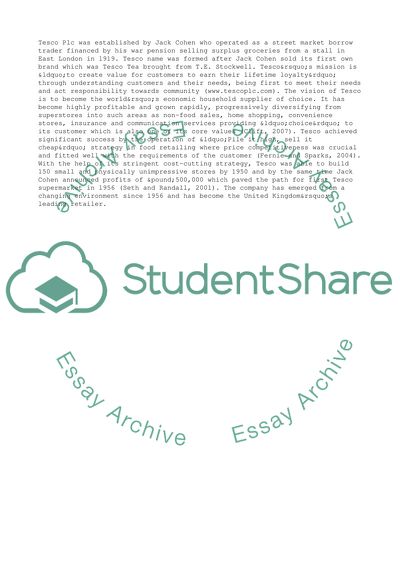Cite this document
(Strategic Decisions to in Changing Circumstances in Tesco Plc Research Proposal, n.d.)
Strategic Decisions to in Changing Circumstances in Tesco Plc Research Proposal. Retrieved from https://studentshare.org/business/1746971-strategic-orginzation
Strategic Decisions to in Changing Circumstances in Tesco Plc Research Proposal. Retrieved from https://studentshare.org/business/1746971-strategic-orginzation
(Strategic Decisions to in Changing Circumstances in Tesco Plc Research Proposal)
Strategic Decisions to in Changing Circumstances in Tesco Plc Research Proposal. https://studentshare.org/business/1746971-strategic-orginzation.
Strategic Decisions to in Changing Circumstances in Tesco Plc Research Proposal. https://studentshare.org/business/1746971-strategic-orginzation.
“Strategic Decisions to in Changing Circumstances in Tesco Plc Research Proposal”, n.d. https://studentshare.org/business/1746971-strategic-orginzation.


